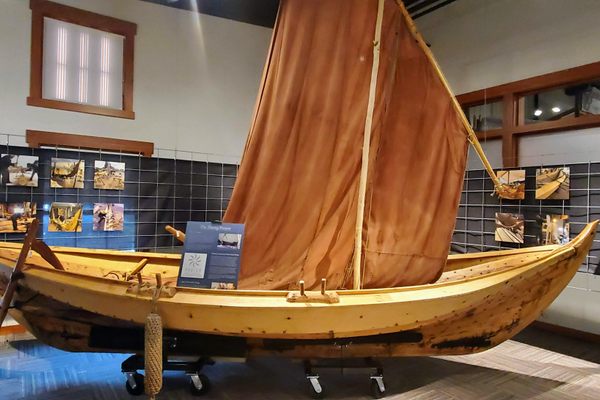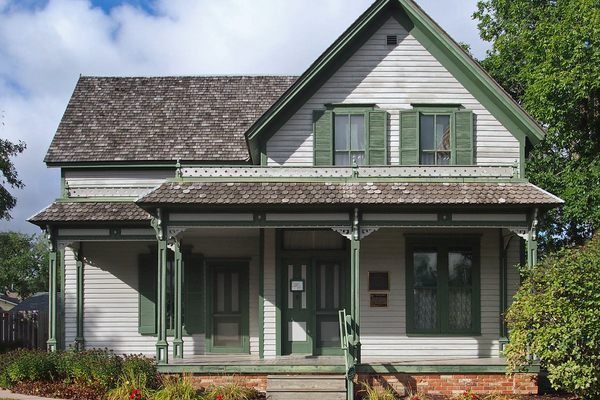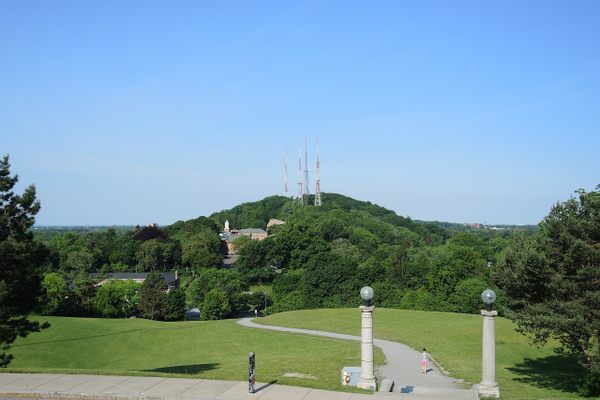Kensington Runestone
14th century Norse artifacts in Northwestern Minnesota could have proved a Viking landing before Columbus.
There is a deep Scandinavian pride in the Midwest, and the heart of that culture thumps from deep within Minnesota. Minneapolis has the highest concentration of Norwegians outside of Norway, and the small towns that dot the sparsely-populated plains work on a daily basis to cultivate their Viking heritage, letting the facts follow the legend.
In 1898, a Swedish-American farmer named Olof Ohman and his son were working on their property near Kensington, a rural town in western Minnesota. According to their story, the two men noticed a massive stone poking out from the earth while clearing away stumps. Upon closer examination, the men realized the stone was in fact a 200-pound slab of sandstone carved with markings resembling ancient Norse runes. The inscription purports to be a record left behind by Scandinavian explorers in the 14th century (internally dated to the year 1362)
After hauling the stone out of the ground, the men took it to Kensington, which had a Scandinavian newspaper. The stone’s arrival in Kensington brought about an immediate frenzy of activity and scholarship. Inscriptions were studied by Scandinavian linguists at the University of Minnesota amidst a flurry of accusations claiming the rune-covered stone was left by Vikings from the 14th century. Eager to see the runes prove a Viking presence in the new world before Columbus, many in the community excitedly trumpeted the slab’s historical accuracy.
Unfortunately, professors and prominent Runologists in both the United States and Scandinavia found major flaws in the slab, the first being with its dating, which by even the most stretched account only dated back 500 years. Besides issues of age, the runes were also inconsistent with Norse language of the 14th century. After years of scholarship and heated debate over a gem that could validate Vikingphilia further in the Midwest, it was almost universally declared a hoax.
Despite the outcome of the rune studies, many people living near Kensington hold onto the claim, and the hope, that the slab is in fact a genuine Viking monument from an exploratory mission 600 years ago. Today, the Kensington Rune is displayed in a museum in the nearby city of Alexandria, MN.
Community Contributors
Added by
Edited by
The Atlas Obscura Podcast is Back!


































Follow us on Twitter to get the latest on the world's hidden wonders.
Like us on Facebook to get the latest on the world's hidden wonders.
Follow us on Twitter Like us on Facebook